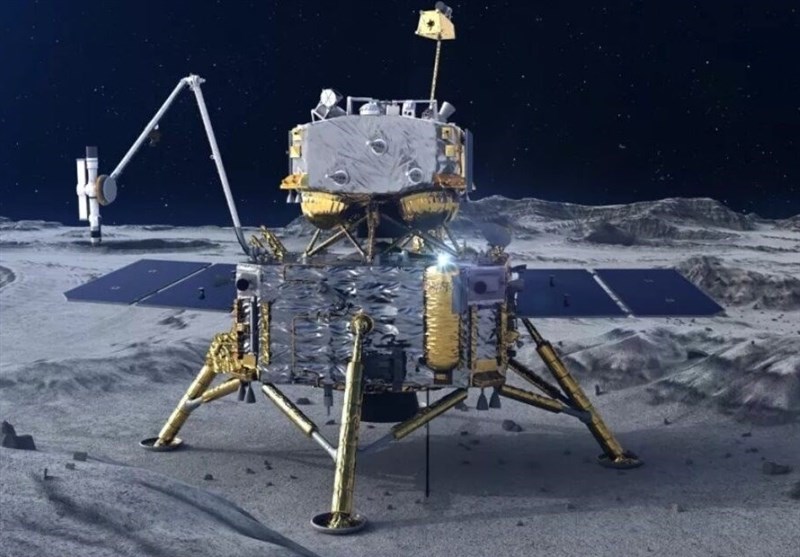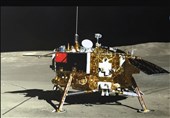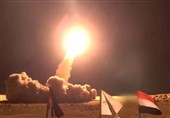China’s Chang’e-6 Probe Ready to Land on Moon
TEHRAN (Tasnim) – The Chinese Chang’e-6 mission, launched on May 3, is preparing to complete its most important stage.
On the night from Saturday to Sunday, the descent module should separate from the main vehicle and begin landing in the Apollo crater, located on the far side of our moon from Earth.
The sun has already begun to rise above this geological structure on May 28. Therefore, the landing will be carried out in good visibility conditions, despite the fact that in the flight control center in China it will be Sunday morning on June 2.
If everything goes well, then immediately after landing, the module will begin checking all its systems. After that, its main task will begin: drilling and selecting materials from the surface of the Moon. It is expected that Chang’e-6 will be able to take them up to 2 kg.
In general, it is planned that the lander will stay on the far side of the Moon for 48 hours. After that, the process of its return to Earth will begin, along with the collected samples. The module will take off from the surface and dock again with the main part of the mission. It is expected that this will take up to two more days. After that, the return home will begin.
The main feature of the Chang’e-6 mission is not even that it should land on the far side of the Moon, but that it should happen on the territory of South Pole-Aitken basin. It is one of the largest geological structures of impact origin in the Solar System. It was formed billions of years ago as a result of a collision with some large body.
Scientists hope that the collected samples will help solve one of the biggest mysteries of the Moon – the asymmetry of its hemispheres. If the one that is clearly visible from Earth contains a large number of seas, then there are almost none on the opposite side. The elemental and mineral composition of the surface differs even more.
Scientists suspect that the reason for all this is volcanic activity, which began as a result of the impact that formed the South Pole-Aitken basin. And the samples that Chang ‘e-6 will deliver to Earth should help to understand this issue.
In addition, there are several other scientific instruments on board the lander. These are the NILS negatively charged ion detector, developed by the Swedish Institute of Space Physics, and the French DORN gas detection device. In addition, there is an Italian laser beam reflector and a small rover on board.






